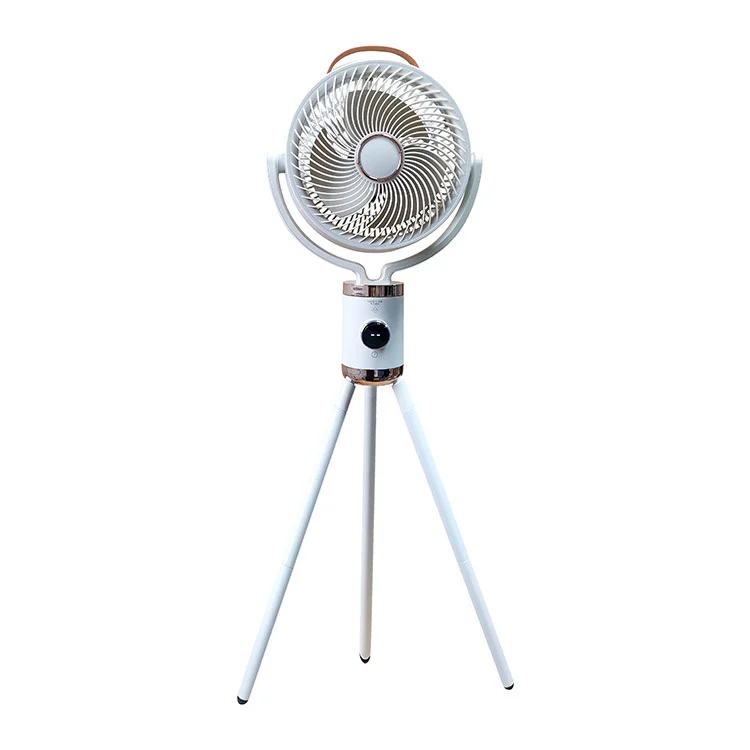What are working principles of Fans
2025-06-11
Fans work on the basic principle of moving air or gas to create airflow, primarily for cooling, ventilation, or exhaust. Here’s how they generally operate:
Motorized Impeller (Fan Blades): A fan has blades or vanes (often referred to as an impeller) connected to a motor. When the motor runs, it rotates the blades. The shape and angle of these blades are designed to push air in a specific direction when they spin.
Air Movement: As the blades spin, they create a difference in air pressure. This draws air in from the surrounding area (usually from the back or sides of the fan) and forces it out through the front. In simple terms, the fan creates a low-pressure zone behind the blades and a high-pressure zone in front, causing the air to move.
Centrifugal Force (for centrifugal fans): Some fans, like centrifugal fans, operate by using centrifugal force. The blades spin, and as air is drawn into the center of the fan, it's flung outward due to the force created by the rotating blades. This increases the air pressure as it exits, allowing it to be directed to where it’s needed.

Axial Force (for axial fans): In an axial fan, the air flows parallel to the shaft of the fan. The blades are designed to push air in a straight line, usually along the axis of rotation. These are common in systems like ventilation or cooling fans, where large volumes of air are needed at low pressure.
Energy Transfer: The motor provides the energy to rotate the blades. In electric fans, this is electrical energy, while in other types of fans (like wind-powered ones), it's mechanical energy.
Types of Fans Based on Working Principles:
Axial Fans: Air moves along the same axis as the fan. Common in cooling towers, ventilation systems, and computer cooling.
Centrifugal Fans: Air is drawn into the center of the fan and then expelled outward, creating higher pressure. These are often used in HVAC systems, exhaust fans, and blowers.
Mixed-Flow Fans: A combination of axial and centrifugal principles. Air moves at an angle to the axis, providing a balance of pressure and flow, used in more specialized applications.
If you are interested in our products or have any questions, please feel free to contact us.


